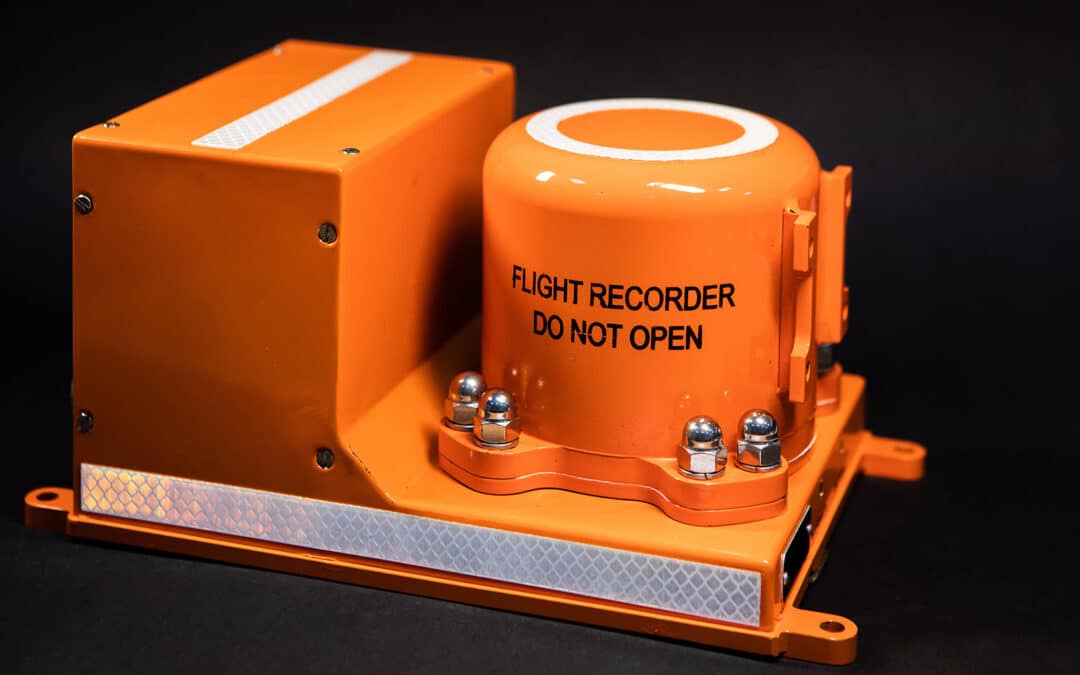I am going to start this blog off with a warning: it might be too technical for some. But there is a relatively new format for storing data on aircraft fight recorders and it is referred to as the ARINC 767 standard – and here at Scaled Analytics, we like it.
What makes it a little more confusing is that, until the release of the Airbus A220, it was only the Boeing 787 that used the ARINC 767 data format (you might be able to guess that we had some interesting and somewhat comical conversations with operators about the 787 using 767, not 717).
Today, most civil aircraft with Flight Data Recorders still use the older AIRINC 717 data format.
And that really is a shame because ARINC 717 is definitely growing long in the tooth. It was certainly ingenious for its time, but it was established years ago when data was stored “digitally” on magnetic tape – yes, it’s THAT old.
If you want to get a high-level idea of how ARINC 717 works and see some of the limitations, check out our YouTube video here –> Flight Data Recorder Basics – Part 1.
Memory storage was definitely a concern at the time, but not in the way we think of memory storage issues with RAM and SSDs as we do today – back then, there was literally only so much physical tape you could store in the box.
But, even when flight recorder hardware made the transition to solid state memory, the ARINC 717 standard, with its magnetic tape roots, went with it.
Again, the 717 standard was quite ingenious, but it was definitely due for an update in order to take advantage of modern hardware.
So, in 2009, the ARINC 767 Enhanced Airborne Flight Recorder (EAFR) was introduced.
Like many things in aviation, though, adoption of the 767 standard has been slow – really slow. As mentioned earlier, until the launch of the Airbus A220, the Boeing 787 was the only aircraft to use a ARINC 767.
And one cannot really fault the industry for this. ARINC 717, while old, still works reasonably well. And it can be argued that, “if it isn’t broke, don’t fix it”, but there are some significant benefits of ARINC 767.
To someone like me (not an avionics engineer, but someone that regularly works with flight data), the number one advantage of ARINC 767 is that the data frame “documentation” is stored with the flight data.
We will add a separate blog describing data frame documentation in more detail but, basically, this is a document or file that describes how parameters such as airspeed and altitude are stored in the data. Here at Scaled Analytics, we use the industry standard FRED file (Flight Recorder Electronic Documentation). It is a critical piece of information – without it, it is nearly impossible to interpret the recorded data.
If you have ever set up a Flight Data Monitoring or FOQA program, or have had to look at your flight data for an incident, you know first hand how important this information is. On older aircraft with older QARs or DARs, the document can be significantly out of date or just plain lost.
To make matters worse, some business jet OEMs have recently started to consider the data frame as Intellectual Property (IP) and are charging operators extra for this information (yes, the document that describes how to read the data stored in the ARINC 717 Standard data format is considered by some to be IP, but that’s a blog for another day).
With ARINC 767, all those problems go away because the FRED file is right there on the recorder and is always up to date (it’s actually generated dynamically from the data when it’s required).
This makes accessing the data MUCH easier than in the past when you had to track down an engineering document and hope that it was up to date.
Key advantages of ARINC 767 include:
- Parameters are grouped into frames based on their sample rates (4 Hz, 1 Hz, etc.)
- Each frame has a timestamp.
- Parameters can be recorded as frequently as 100 Hz or as infrequently as 1/3600 Hz (once per hour).
- Parameters can be stored in up to 32 bits compared to 12 bits. This is a big deal as it reduces or completely eliminates the need to “combine” parameters across multiple “words”.
- Parameters can be added and removed independent of existing parameters.
- To change the sample rate/frequency of a parameter, it can just be moved to the appropriate frame. This is a major improvement for those programming the system since, with ARINC 717, “space” in the frame would have to be freed up to accommodate the new samples if a parameter were to be sampled more frequently.
- A Flight Data Acquisition Unit (FDAU) is now optional with the introduction of the concept of a Virtual FDAU.
- The EAFR can also record cockpit audio, digital communication messages and images.
There’s quite a bit there. And that’s not surprising given that this is a modern standard built upon the lessons learned over the decades (yes, decades) of using ARINC 717.
ARINC 767 really is a modern standard for recording flight data but it has been slow to make its way into the industry.
But, if this just gives you a headache and you are really only concerned with being able to read data from your B787 or A220, don’t worry. At Scaled Analytics, we have customers operating both the 787 and the A220 so we are experienced in working with ARINC 767 data.
So, if you need help, let us know and we will be happy to work with you to get you set up so you can make sense of your B787 or A220 flight data.

Let’s keep in touch
Sign up to get notified of new blog posts, videos or other news and information related to flight data.



